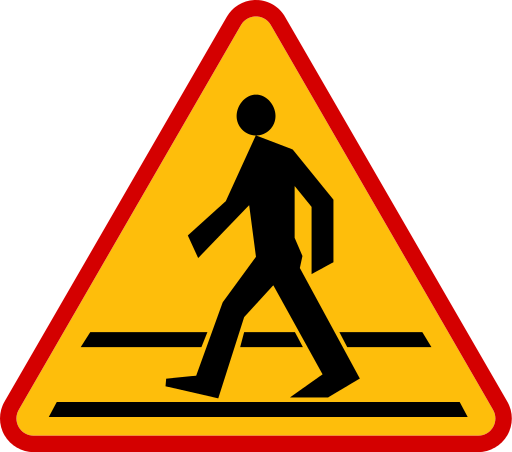
There is little doubt that something more must be done to keep pedestrians safe from traffic. For thirty years, pedestrian fatalities steadily dropped, which was significant. However, since 2010, the numbers have been rising again. In the last ten years, a pedestrian is killed every 90 minutes, which means more than 40,000 have died just in the last decade alone.
Pedestrian Carnage
This terrible national trend has confounded traffic safety advocates and experts alike, in epidemic of pedestrian deaths has a disproportionate effect on lower-income and minority communities, especially those neighborhoods with roads that have been designed to move vehicles quickly, with little thought to those who tend to rely on walking or public transportation to get where they need to go.
What troubles many road safety experts is that the pedestrian problem seems to be unique to the United States. In most developed countries, pedestrian fatalities have been dropping for many years, in part because they decided to set standards specifically intended to protect pedestrians from vehicles. . For example, in the early 2000s, the European Union instituted standards requiring automakers to pass pedestrian safety tests before they could sell vehicles in Europe. As a result of those regulations, car makers instituted a number of design changes, and pedestrian fatalities declined by 36% in the EU from 2007 to 2016. Japan has also adopted similar regulations and they have seen a precipitous drop in pedestrian deaths. Many experts here believe that a similar set of rules here could bring the same results.
What Makes Pedestrians Unsafe?
There has been a substantial increase in the number of miles driven every year, and that seems to account for a small portion of traffic fatalities in recent years. However, thanks to a number of computerized innovations designed to protect the driver and passengers in many cars, as well as seat belts and airbags, as well as a drunk driving crackdown, in many ways everyone inside each car is safer than ever on the roads.
Experts seem to struggle to explain why pedestrians continue to account for a growing share of traffic deaths, although the proliferation of smartphones and other electronics tend to distract both drivers and passengers, thus making them more vulnerable. However, smartphones alone can’t explain why the fatality rate in the United States is much higher than the rate in most other developed nations.
Other possible explanations include the fact that pedestrians are walking far more than in previous generations. According to an analysis of data by the National Complete Streets Coalition shows the number of pedestrians walking as part of their commute increased by less than one percent between 2009-2017, so that doesn’t seem to be an issue. More likely, the problem is caused by life being complicated and more people are making bad decisions on the roads.
What Can Be Done?
However, one undeniable factor is the poor road designs in many of the most dangerous locations for pedestrians, which can be found primarily be found in low-income and minority neighborhoods in heavily populated cities like Huston, Dallas and San Antonio in Texas, as well as Los Angeles, Phoenix, and Orlando, Florida outside of Texas. These cities feature wide 5-6-lane main arterial roads that often feature few, if any, safe places where pedestrians can cross safely.
According to California Highway Patrol data, in Los Angeles, for instance, between 2009 and 2013, approximately two-thirds of pedestrian accidents causing serious happened on just 6% of city streets, and most of those were arterials. Pedestrians tend to use these arterial road because that’s where everything is, including shops, restaurants, theaters and the like. Unfortunately, many of these roads are designed to carry traffic at vehicle speeds of more than 40 mph, with no sidewalks or sidewalks that abut the roadway, with no medians and often no sufficient lighting.
As noted, many neighborhoods where pedestrian accidents are most common are low income or minority neighborhoods. In fact, while the overall death rate for pedestrians was 1.5 per 100,000 people between 2008 and 2017, in neighborhoods in which the median annual income was $36,000, the pedestrian fatality rate climbs to 2.5 per 100,000.
Vision Zero
A number of major cities with a pedestrian accident problem have adopted a transportation safety initiative called Vision Zero. First implemented in Sweden, the Vision Zero program is based on the notion that traffic deaths are preventable through a “systems-based approach.” They tend to lower speed limits in problem areas or actively separate pedestrians from vehicle traffic. Vision Zero also proposes that infrastructure and policy be designed to account for human error.
After implementing Vision Zero, including dropping the citywide speed limit to 25 from 30 mph and completing more than 350 safety engineering projects, New York saw all traffic fatalities drop by 28 percent, while pedestrian fatalities dropped by 45 percent. San Francisco did much the same, and reported a 41% drop in traffic fatalities over the same time period.
